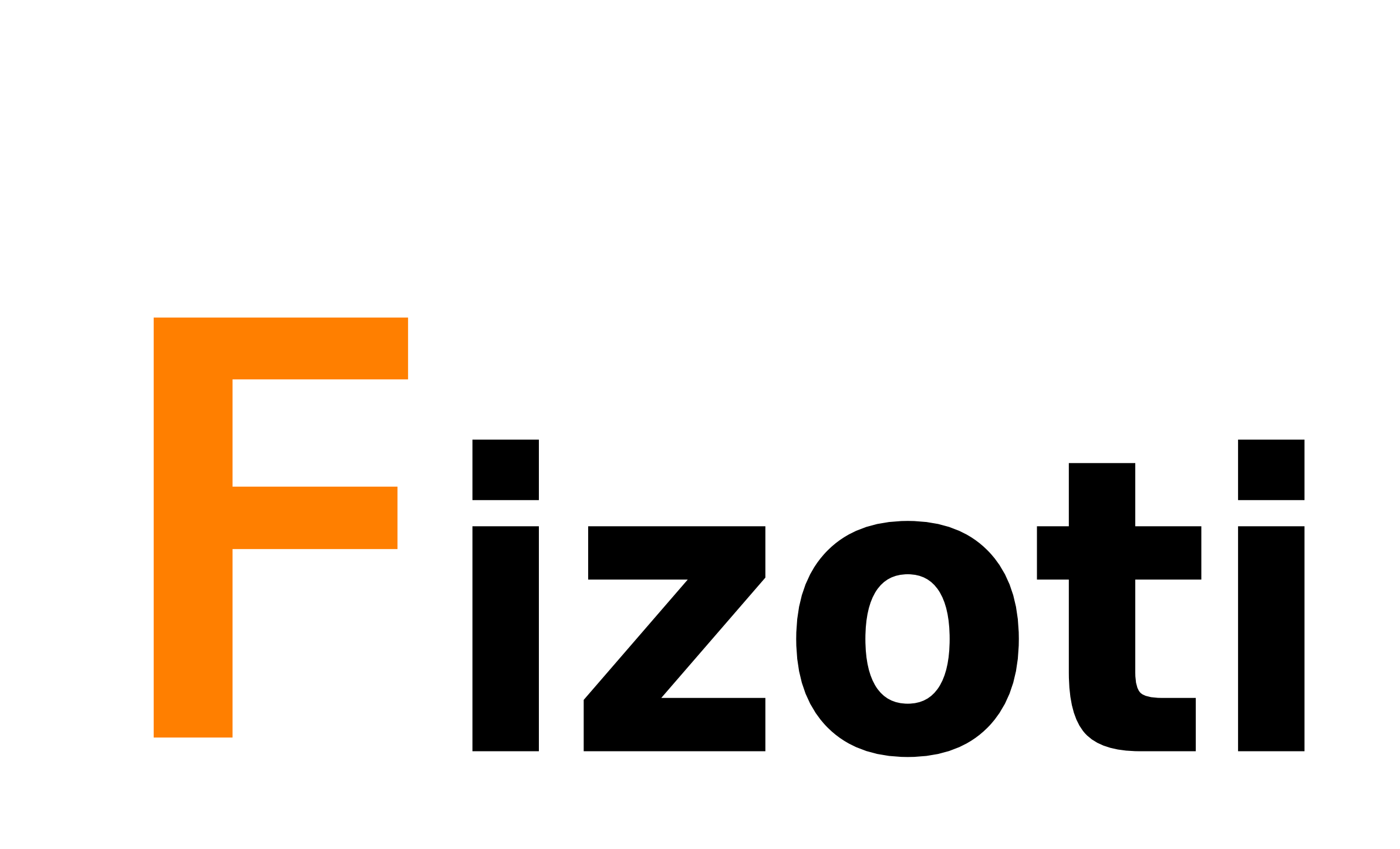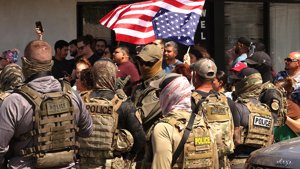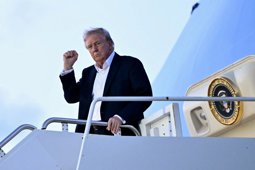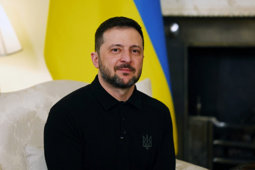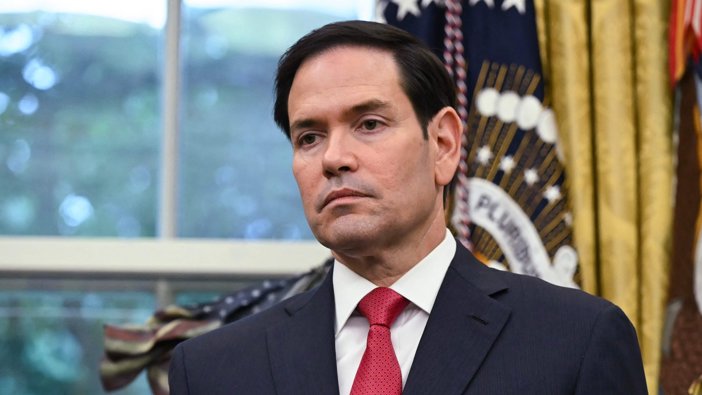
Rubio Condemns Iranian Threats to IAEA Director
US Secretary of State Rubio denounces Iranian threats to IAEA chief Grossi after serious damage at Iranian nuclear sites.
US Calls for Protection of IAEA Director Amid Tensions
US Secretary of State Marco Rubio on Saturday issued a strong rebuke of Iranian officials following reports of threats against International Atomic Energy Agency (IAEA) Director General Rafael Mariano Grossi. Rubio condemned the alleged calls within Iran for Grossi’s arrest and execution as "unacceptable and should be condemned."
Rubio’s comments came after the Iranian parliament’s vice speaker, Hamid Reza Haji Babaei, announced a ban on Grossi and removed surveillance from nuclear facilities, following accusations that Israel had accessed sensitive data from these sites. The situation escalated just days after the IAEA confirmed “very serious damage” at Iranian nuclear facilities as a result of recent US airstrikes.
“We support the IAEA’s critical verification and monitoring efforts in Iran and commend the Director General and the IAEA for their dedication and professionalism,” Rubio wrote in a public statement. He urged Iran to ensure the safety and security of IAEA staff as tensions rise over nuclear oversight and compliance.
IAEA Raises Alarms Over Missing Uranium and Facility Damage
The IAEA this week provided a stark assessment of the aftermath of US airstrikes, noting significant damage to key Iranian nuclear sites at Fordow, Natanz, and Isfahan. While appearing on "The Story with Martha MacCallum," Director Grossi confirmed that Isfahan and Natanz had both been struck, with Natanz experiencing "very serious damage" to a centrifuge hall used for uranium enrichment.
Grossi also revealed concerns about the whereabouts of nearly 900 pounds of potentially enriched uranium, reportedly moved by Iranian officials to an ancient site near Isfahan after the strikes. “We do not have information of the whereabouts of this material,” Grossi stated, emphasizing that the IAEA does not speculate and is continuing its efforts to locate and account for all nuclear materials as required by international agreements.
Iranian officials, according to Grossi, claim that protective measures were taken in response to the strikes, which could include relocating sensitive material. Grossi affirmed, “My job is to try to see where is this material, because Iran has an obligation to report and account for all the material that they have, and this is going to continue to be my work.”
Background: US Withdrawal and Ongoing Tensions
President Donald Trump’s 2018 withdrawal from the 2015 nuclear deal involving Iran, the US, and other world powers marked the beginning of a new phase of tension, leading to threats from Tehran to remove surveillance and limit international access to its facilities. The latest threats against IAEA leadership have sparked international concern about the future of nuclear oversight in Iran.
As calls for safety and transparency mount, the US has reiterated its support for the IAEA and emphasized the need for Iran to comply with its obligations to allow full monitoring of nuclear activities. The outcome of these tensions may have far-reaching consequences for nuclear nonproliferation efforts and regional stability.
